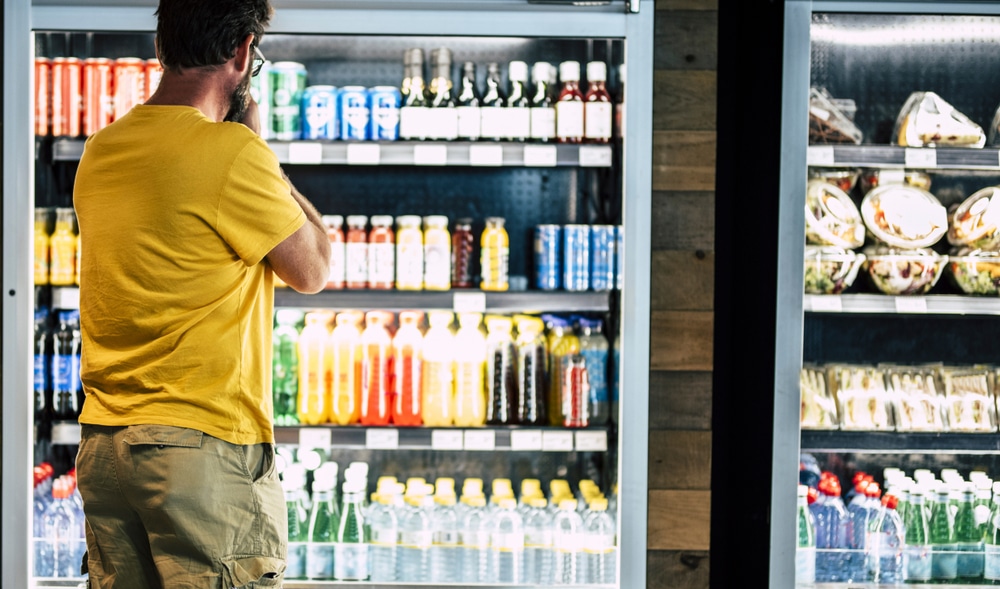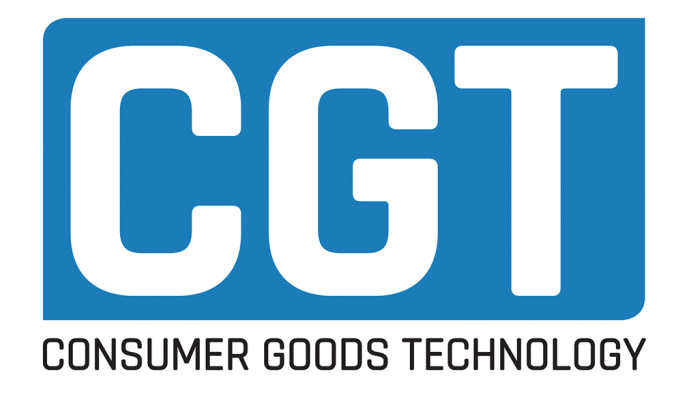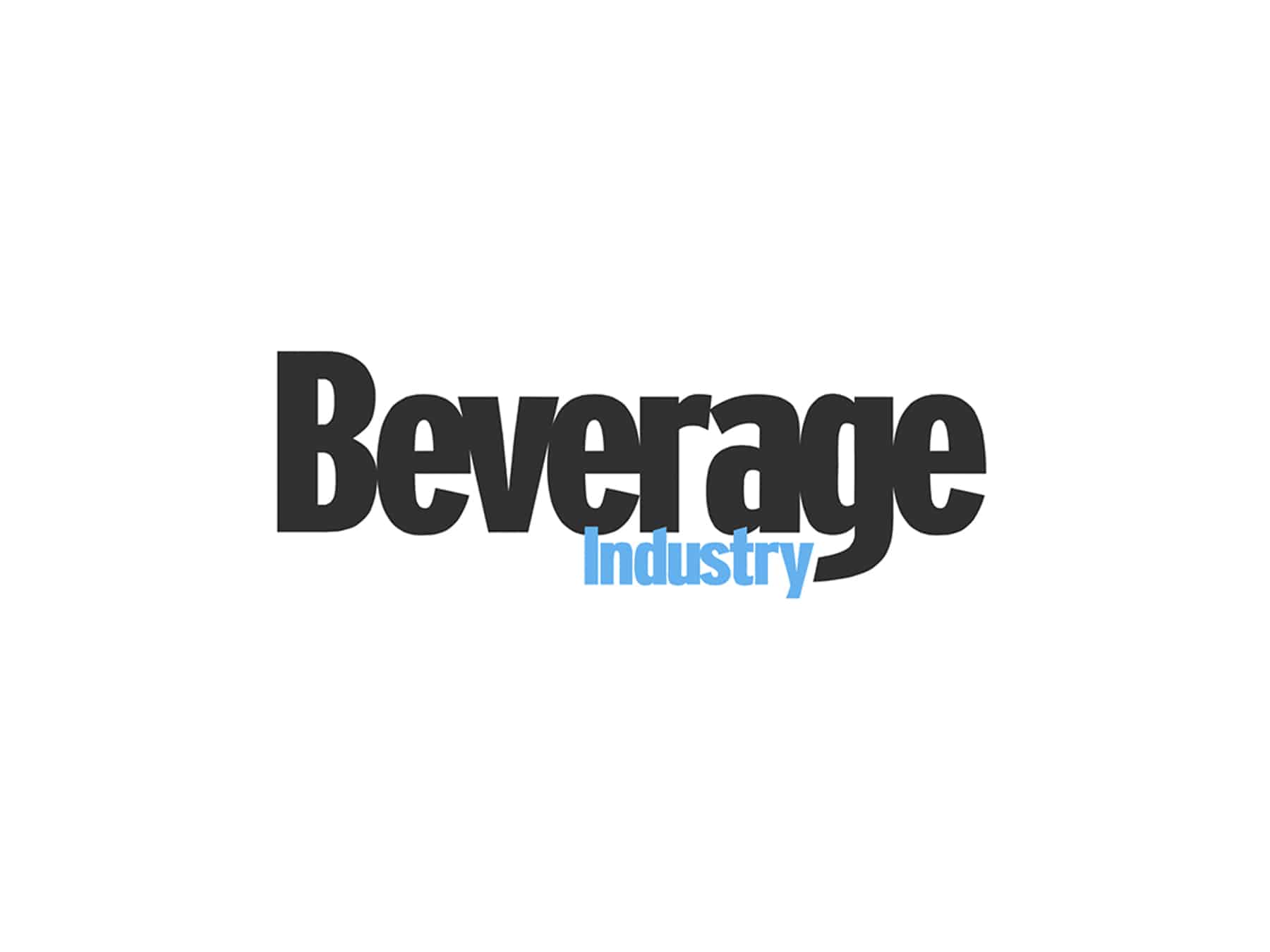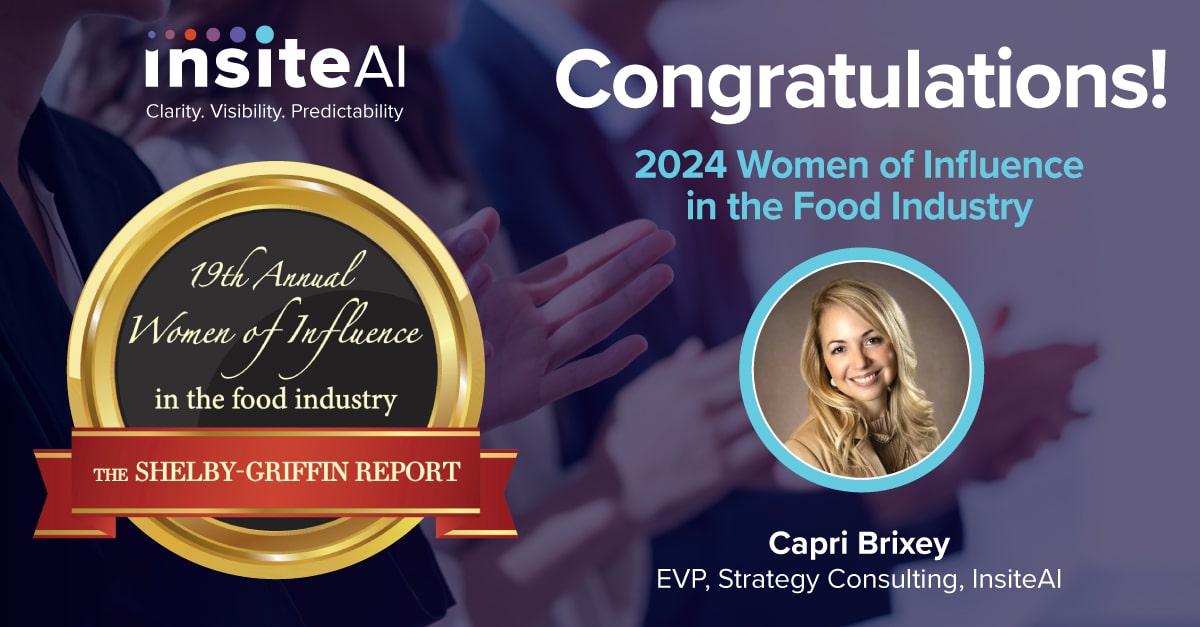
Whether its volume, shifting brand loyalty or cross category migration, retailers need to know what will happen next—not yesterday–to maximize profits in valuable selling space.
The energy market has evolved considerably over the last 30 years. While many suppliers have disappeared, the number of new entrants continues to rise. With increased competition and what seems like constant innovation, consumer preferences and shopping patterns continue to evolve with the category. Without infinite space, retailers are under pressure to design the optimal assortment with the best combination of SKUs, flavors, brands and package sizes to maximize selling space and win the most consumer dollars.
In six months, the landscape for this rapidly evolving segment may look dramatically different. Whether its volume, shifting brand loyalty or cross category migration, retailers need to know what will happen next—not yesterday–to maximize profits in valuable selling space.
A Profitable Segment
Constant category changes can make it challenging to stock the right SKUs. In addition to the continual bombardment of new products and suppliers, Covid-era shopping patterns have shifted back to normal. With only a handful of brands having long-term staying power, retailers continually ask themselves, “How do I balance my assortment of core brands/flavors with new ones?” and “How many cooler doors do I utilize for energy drinks versus other beverages?”
Choosing the right size cans and multi-packs is another dilemma. During Covid-19, purchasing of multi-packs and larger pack sizes increased as more consumers drank beverages at home. Today, retailers must meet the needs of changing consumer mobility patterns, with increased shifting purchasing behaviors between immediate consumption to at home consumption. While in-line square footage is a bit flexible, cooler space is fixed.
AI can help indicate what flavors, package sizes and formulations will resonate with certain groups.
Demanding More Space
The growing energy drink industry continues demanding more square footage. But brands must “prove” their entitlement. Traditionally, suppliers used historic data to make predictions. But, more so than most other CPG categories, the energy drink market is in a constant state of flux, making this data seriously unreliable. AI tools use real time data, allowing vendors to more accurately predict how many items will sell in what space and which will perform best moving forward versus looking backwards.
AI can provide a granular level of clarity around purchase decisions and consumer preferences. As the energy segment evolves with added need states, functionalities, and more, understanding the ‘why behind the buy’ becomes crucial for achieving long-term category success
Consumers’ preference for new brands and formulations versus legacy brands varies by store, channel and demographics. AI can indicate which shoppers stick with tried-and-true labels and which ones are more adventurous. Using data points to form useful insights, AI can help indicate what flavors, package sizes and formulations will resonate with certain groups.
AI’s ability to track shifting purchasing patterns yields data that can dramatically impact suppliers’ go-to-market strategies. When brand is not the primary motivator, it can help retailers avoid duplicating similar flavors, package sizes and formulations. Consequently, space becomes more profitable.
AI can predict which shoppers will remain loyal to energy drinks and which will not.
The Right Price
Over the past 18 months, cost increases have impacted almost every consumer category. While products must be profitable, brands must clearly understand the impact raising prices can have on shopper demand. AI can help. If the everyday retail price increases from $2.49 to $2.69, for example, AI can clearly project new sales volume. AI can also compare pricing to that of competitors. This helps retailers assess consumers’ sensitivity to particular prices, including associated risks. This is a win for both supplier and retailer.
Technology and modeling strategies can cross categories. The increased consumer need-state for Energy has caused a surge of other cross- category entrants in the added caffeine space. Where typically, brands focused on hydration benefits, we see more brands entering the space. But some newer items contain high caffeine levels, blurring the lines between categories and threatening energy drinks’ market share if energy drink prices go too high.
AI can predict which shoppers will remain loyal to energy drinks and which will not. It can also determine what this means to the vendor’s base business and how the vendor can protect and defend its energy space.
Immediate Consumption vs. Planned Purchasing
As consumer household penetration for Energy drinks continues to grow, developing broad brush pricing strategies for all channels from a historical POV will limit opportunities. Some retailers are losing traffic. Higher prices are prompting many consumers to plan purchasing online or in discount, club and grocery channels. These purchases frequently involve more economical multi-packs. Data and predictive modeling can track cross-channel migration and associated purchasing behavior. And it can do so down to the individual flavor, ingredient profile, brand and package type level.
Conclusion
In the dynamic world of energy drinks, AI holds the key to success. With the market ever-evolving and competition intensifying, the optimal assortment is crucial to attract customers and maximize profits. AI offers real-time data to predict consumer behavior, helping brands to make informed decisions on SKUs, flavors, and pricing. By discerning brand preferences, tracking shifting patterns, and unlocking cross-category insights, AI elevates strategic planning to new heights.
Embrace the AI advantage to secure lasting success in this dynamic landscape. Contact Insite AI.






